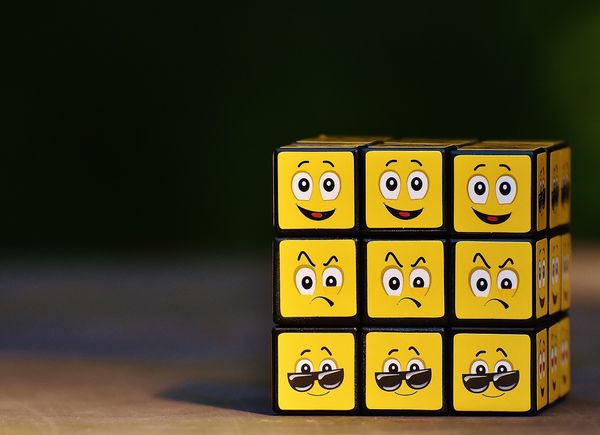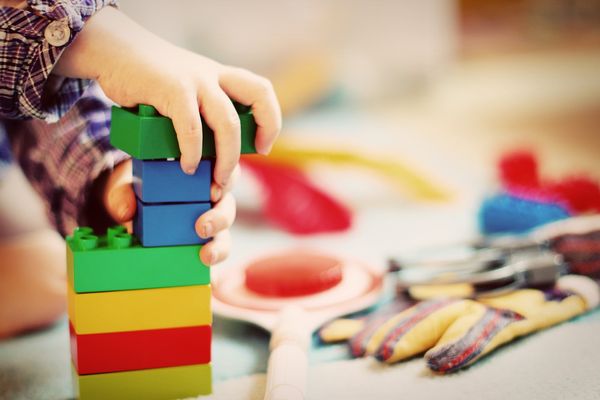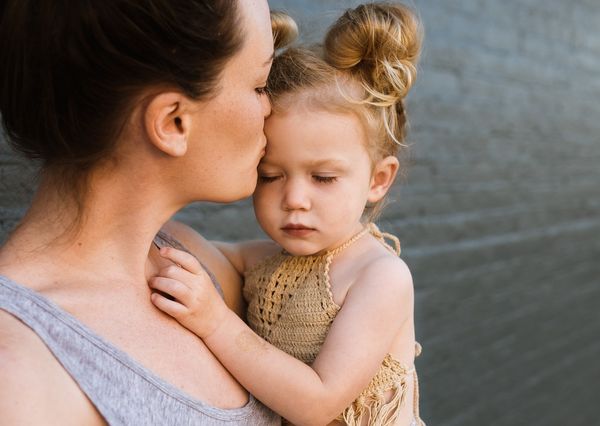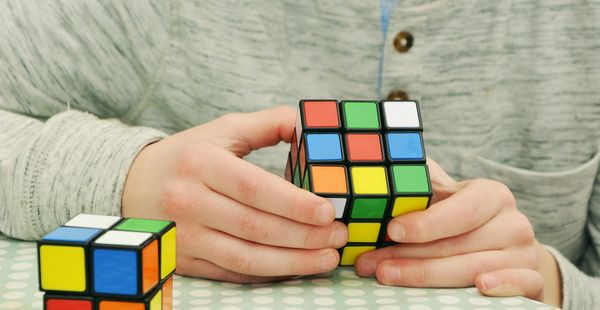25 Games for Preventing Self-Aggression in Children from Ukrainian psychologist Svitlana Royz
These 25 games are designed to help children express aggression in a healthy way.
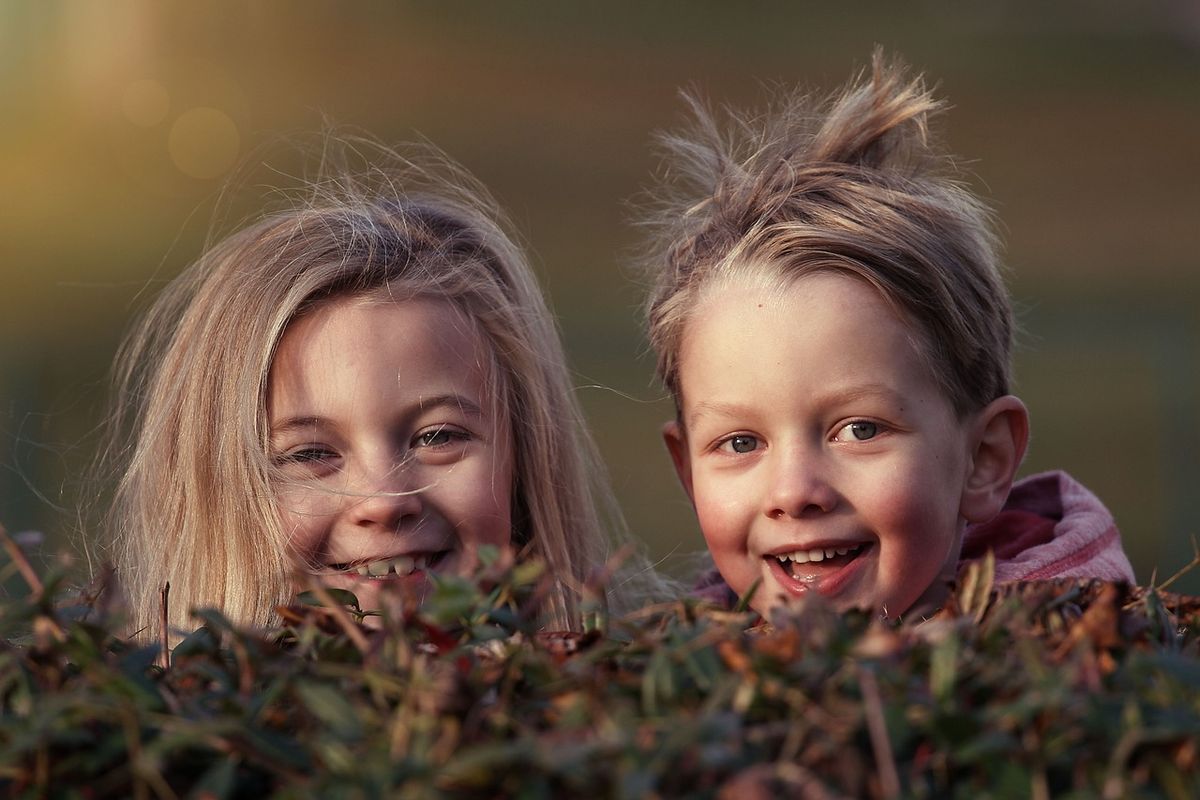
These 25 games are designed to help children express aggression in a healthy way. We often talk about teaching a child to express anger without causing harm to themselves or others. However, there are children who, for various reasons, don't express their anger. Unaddressed emotions can turn into, at the very least, muscle tension or, at worst, self-aggression, with common "manifestations" being nail-biting or self-hitting.
All games are selected for different "channels of aggression," including voice, teeth, hands, nails, legs, stomach, and reflection (words). However, it's crucial that we, as adults, can handle the tension of anger ourselves before engaging in these games.
- "Shout to the Moon": Imagine shouting a message to astronauts or aliens. You can shout from different corners of the room, directing the sound "far-far away."
- "Exhale a Cloud": Imagine inhaling a cloud and try exhaling it with sound, thunder, or even lightning.
- "Weather": Walk or tap fingers (better with nails) – first, the sun and a light breeze (walk slowly, softly, and quietly), then the wind intensifies, and rain begins (walk faster and stomp), the rain gets stronger (stomp harder), downpour (jump), storm, hurricane (jump, blow and shout), wind calms down, rain subsides (gradually walk quieter and slower). End with "good weather."
- "Dogs": Transform into good puppies wagging their tails and then into angry dogs growling at each other. Then transform back into good dogs sniffing, and finally into humans.
- "Click-Clack": Click teeth like in the cold, and then, like little monkeys, show your teeth and roar like tigers. Always transform back into humans at the end.
- "RRRRR": Playfully tug fabric held by parents, holding it with teeth.
- "Spitting": Spit or blow a pea through a straw into a target.
- "Fly!": Blow at each other as if blowing a feather. Allow a child to blow on a parent to "blow them away."
- "Pushing": "Push away" a parent (game partner) with an airy wave, making a gesture with hands. The partner "flies away" from the child.
- "Pillow Fight".
- "Sumo Wrestlers": Put a pillow under the shirt and push each other; the pillow softens the impact.
- "Paper Tearing and Collage": Tear paper and then create a collage from the scraps.
- "Scratching and Scraping": Scratch a drawing in dough, foil, or grits. Pour paint into a sealable bag. The child can scratch patterns with fingers and nails.
- "Bowling": Knock over any objects, allowing "disorder."
- Water Guns.
- "Angry Beaver": Invent an angry animal and behave as we think it would. Then transform into a good animal. Finally, transform into a human.
- "Release the Claws": Show how a tiger cub hisses and shows claws when it wants to defend itself. Then transform back into a human.
- Drawing "Doodles": Grip a marker or pencil in a fist.
- "Target": Crumple paper into a ball and try to kiss the target.
- Screaming in a "Scream Bag".
- "Bumps - Yes or No": Bump hands or head, saying "yes" or "no."
- "Love-Not Love": Tell each other, "I love it when... I don't love it when..."
- "Monologue from the Emotion's Perspective": "My joy wants to say...", "My anger says..."
- "I Want to Feed You": The child says, "I want to feed you..." (anything), and no matter what they offer, respond with "Thank you. But I want to feed you..." (and feed them something edible). Be attentive to yourself, as this game may not suit all parents. Be prepared for the child to "feed" you with imaginary things multiple times.
- Legalizing Time for Screaming or Singing Loudly.
Conversation Ideas with the Child:
- It's important to tell the child that an emotion is a signal from our brain about what's happening. Every emotion is crucial. We can't always control emotions, but we can choose our behavior.
- Anger is just as important as joy or sadness. Feeling an emotion doesn't make us good or bad.
- When our friend feels bad, we support them. How can we support ourselves by imagining being our best friend? What can we say? How can we comment?
- Important message for the child: If you're angry, you're not a bad person. You're a person who's angry right now.
- Sometimes, when anger is very strong, we imagine ruining everything, hitting someone, or even killing. After that, we feel awful. Try to imagine that inside us is a "little person - I," much younger than us, who needs help. We know that when a child feels bad, scolding them doesn't help; they need help. Put your hand on the "place" where "they live," warm them up. Imagine melting the tension inside with sunlight.
- Or imagine that you're an ocean or sea where everything dissolves.
- You can imagine a spring inside that compresses-relaxes and jumps there, putting your hand on your stomach, taking a deep breath, and exhaling sharply.
- Always remember that everything crappy, rough, bad, sad can dissolve in mom's and dad's love.
Wishing you a good journey into adulthood!
